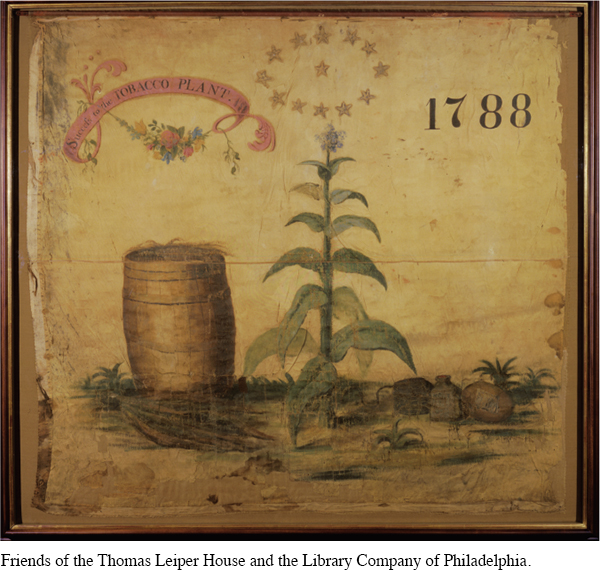The American Promise: Printed Page 220
The American Promise, Value Edition: Printed Page 204
The American Promise: A Concise History: Printed Page 234
The Big Holdouts: Virginia and New York
Four states still remained outside the new union, and a glance at a map demonstrated the necessity of pressing the Federalist case in the two largest, Virginia and New York (see Map 8.3). In Virginia, an influential Antifederalist group led by Patrick Henry and George Mason made the outcome uncertain. The Federalists finally but barely won ratification by proposing twenty specific amendments that the new government would promise to consider.
New York voters tilted toward the Antifederalists out of a sense that a state so large and powerful need not relinquish so much authority to the new federal government. But New York was also home to some of the most persuasive Federalists. Starting in October 1787, Alexander Hamilton collaborated with James Madison and New York lawyer John Jay on a series of eighty-

The American Promise: Printed Page 220
The American Promise, Value Edition: Printed Page 204
The American Promise: A Concise History: Printed Page 234
Page 222The American Promise: Printed Page 220
The American Promise, Value Edition: Printed Page 204
The American Promise: A Concise History: Printed Page 234
Page 223At New York’s ratifying convention, Antifederalists predominated, but impassioned debate and lobbying—
In less than twelve months, the U.S. Constitution was both written and ratified. The Federalists had faced a formidable task, but by building momentum and promising consideration of a bill of rights, they did indeed carry the day.
REVIEW Why did Antifederalists oppose the Constitution?